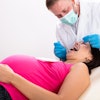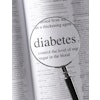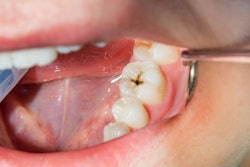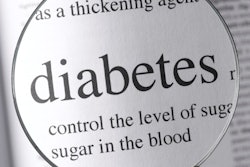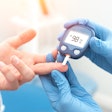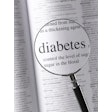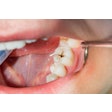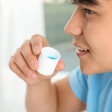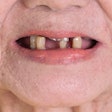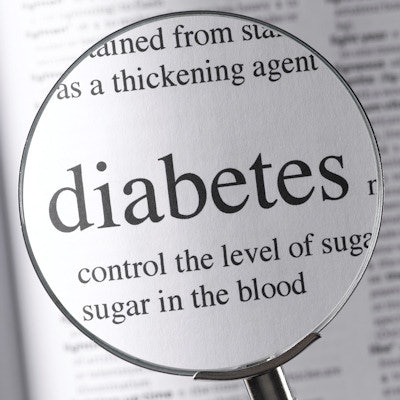
New research on the relationship between periodontal disease and diabetes was presented on June 8 and 9 at the American Diabetes Association's Scientific Sessions in San Francisco.
The poster presentations included research on microbiota composition as a risk factor for periodontal disease in patients with diabetes, as well as study findings related to inflamed surface area.
Microbiota
While a connection between diabetes and long-term inflammation from periodontal disease has been reported, the association between differences in microbiota and periodontal disease in patients with diabetes has not been well examined, noted researchers from Japan in their June 8 presentation.
They examined data from more than 1,070 patients in a 2016 Japanese population-based study. The team compared results between patients with diabetes (hemoglobin A1c [HbA1c] levels ≥ 6.5% or fasting blood glucose levels ≥ 126 mg/dL) and those with normal glucose tolerance (HbA1c levels < 6% or fasting blood glucose levels < 100 mg/dL).
The results showed significant differences in microbiota between study participants with normal glucose tolerance and those with diabetes (see table below).
| Differences in microbiota between participants in a population-based study | |||
| Participants with normal glucose tolerance | Participants with diabetes | p-value | |
| No. of caries-causing bacteria | 2.61 ± 1.61 | 3.15 ± 1.61 | < 0.01 |
| Saliva buffer capacity | 77.8 ± 10.4 | 71.9 ± 10.8 | < 0.01 |
| Proportion of the phylum Firmicutes | 37.2 ± 11.6% | 41.3 ± 12.4% | < 0.01 |
| Proportion of the phylum Bacteroidetes | 20.9 ± 8.3% | 18.9 ± 8.5% | 0.01 |
The researchers concluded that abnormal glucose tolerance might change oral microbiota, induce dental caries, and be a risk factor for periodontal disease. They recommended that future research examine the association between microbiota and diabetes in taxonomic categories below phylum and also consider which nutrients are being consumed.
Measuring the inflammatory burden
While the relationship between periodontitis and diabetes mellitus is well documented, the tools practitioners use to assess periodontitis do not exactly measure its inflammatory burden. Researchers from India aimed to see if the periodontal inflamed surface area (PISA) measurement was an accurate way to assess the surface area of bleeding pocket epithelium and estimate the inflammatory burden. They presented their results in a poster on June 9.
The researchers divided 180 patients with type 2 diabetes into three groups:
- A well-controlled group (HbA1c ≤ 7%)
- An uncontrolled group without complications (HbA1c > 7%)
- An uncontrolled group with microvascular complications (HbA1c > 7%)
All patients were assessed for periodontal measures (bleeding on probing, probing pocket depth, clinical attachment levels, and PISA) and systemic parameters (HbA1c, fasting plasma glucose, and postprandial plasma glucose).
The researchers reported that the proportion of periodontitis was higher in the two groups with uncontrolled diabetes than in the well-controlled group:
- The rate of periodontitis in the uncontrolled group without complications was 93.4%.
- The rate in the uncontrolled group with microvascular complications was 96.6%.
- The rate in the well-controlled group was 75%.
The researchers also noted that the group with uncontrolled diabetes with microvascular complications attained the highest mean score for probing pocket depth, clinical attachment levels, and PISA, without reporting the specific data.
There was a statistically significant positive correlation between PISA and HbA1c among all study subjects (p < 0.001), they concluded.
